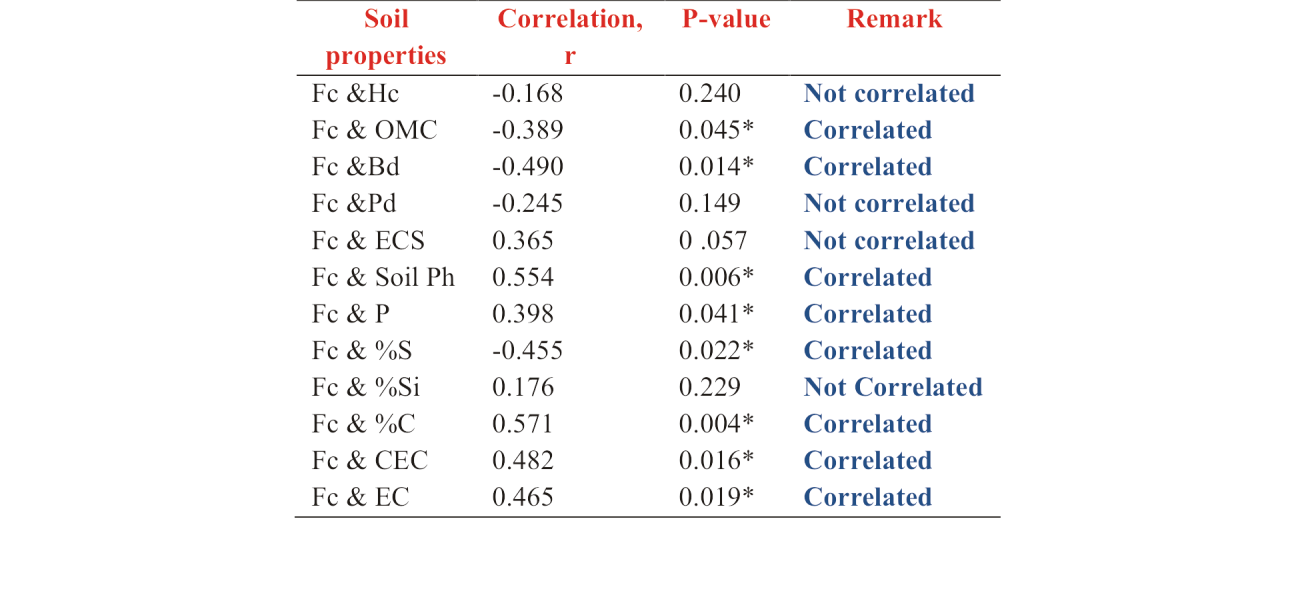Prediction Model for Field Capacity Based on Physicochemical Parameters- A Case Study for Imo State
Keywords:
Field capacity, model, hydraulic conductivity, statistical analysis, soil sub-groups.Abstract
A field capacity model for different soil sub-groups (locations) was developed using statistical analysis based on the stepwise method. In this research study, the independent variables: organic matter content, hydraulic conductivity, exchangeable sodium, soil pH, cation exchange capacity, particle density, bulk density, porosity, percentage clay, percentage silt, percentage sand, electric conductivity, and the dependent variable (field capacity) were measured using standard experimental methods. A high coefficient of determination (R2) of 0.933 was obtained for the developed model at different soil sub-groups using raw data from three locations. The model was verified and validated by comparing the predicted values with the measured field capacity values from the remaining raw data from two locations not used in building the model, and there was no significant difference between the measured and predicted values at the 5% level of significance. The standard error of the model was predicted fairly accurately, judging from the low residual values obtained from the two locations not used in building the model: 16.3% and 10.4%. These results are clear evidence of the goodness of fit of the model between predicted and measured parameters for field capacity in different soil sub-groups.


